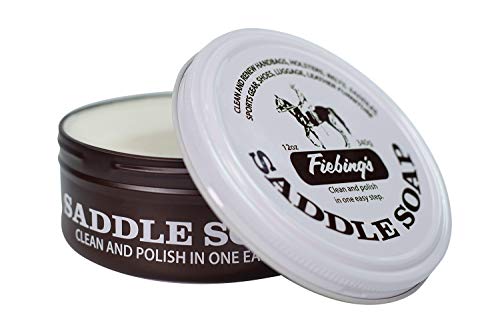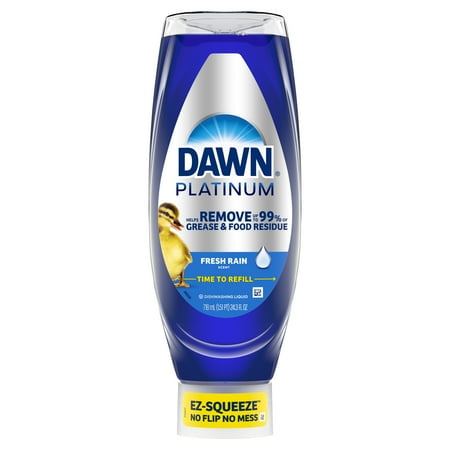How to get mold off shoes – 5 easy options for canvas, leather, and other materials
Never fear; there are ways to save your beloved shoes using some natural cleaning agents

Seeing mold on your favorite pair of heels or a much-loved pair of sneakers can feel like a tragedy there's no coming back from. But fear not, as moldy shoes certainly aren’t beyond saving, so long as they are dealt with properly and in a timely manner!
Mold or mildew usually occurs on shoes as a result of excess exposure to moisture – whether that because they haven’t dried properly and have then been stored away, or because they haven't experience enough ventilation.
'Shoes deal with a lot of moisture, whether it’s from sweat, rain, or just wet surfaces,’ cleaning expert Will Cotter, COO of FreshSpace Cleaning, shares. 'They can soak up and hold onto moisture, creating the perfect conditions for mold to grow, and if your shoes are made of materials like leather, cotton, and wool, which are all organic, mold can use them as a food source. That’s why shoes made of organic stuff are more likely to get moldy when the conditions are right,' he continues.
Typically, you might notice moldy shoes when it comes to pulling out old winter shoes after a long summer – or vice versa. So if this is something you’ve experienced, there are options for reviving your favorite pair of footwear. Here, the experts tell us how…
How to get mold off of shoes - 5 options
Though there are plenty of mold removal solutions you can buy from stores, using a natural method is always a great option, and means that you don’t even necessarily need to buy anything extra – as many of the below methods use items you probably have at home anyway.
1. Use a mixture of rubbing alcohol and water

If you’ve begun to notice mold on your favorite pair of canvas shoes, getting them clean and hygienic again is very easy – which is handy, given that this type of shoe can be particularly prone to mold thanks to its more absorbent fabric.
Valeria Velikova, a domestic cleaning expert at Fantastic Services, advises using a household cleaning ingredient to deal with mold on canvas shoes. 'You can remove mold from canvas shoes most effectively by using a mixture of equal parts rubbing alcohol and water,' she suggests.
This is a particularly effective measure as rubbing alcohol can make quick work of breaking down the mold. 'The rubbing alcohol will kill the mold and prevent it from growing further – because it acts as a disinfectant – while the water will soften the alcohol’s strong properties,' Valeria explains.
So how exactly should you apply this solution to your shoes? ‘After you make the solution, gently scrub the affected areas of the shoe using a damp dishcloth, covering all and any mold spots. Then, allow the fabric to dry completely before using the shoes again,’ Valeria says. In fact, many experts advise drying certain shoes outside in the sun too after removing mold, as the sun's UV rays are a great natural mold killer.

Will Cotter is a cleaning expert and COO of FreshSpace Cleaning, a local cleaning service located in Jacksonville, Columbus, Detroit, Memphis, and Cleveland. His main company is based in Indianapolis, and he has sister companies in Oklahoma, Milwaukee, and Louisville.
2. Use a mixture of rubbing alcohol, water and saddle soap
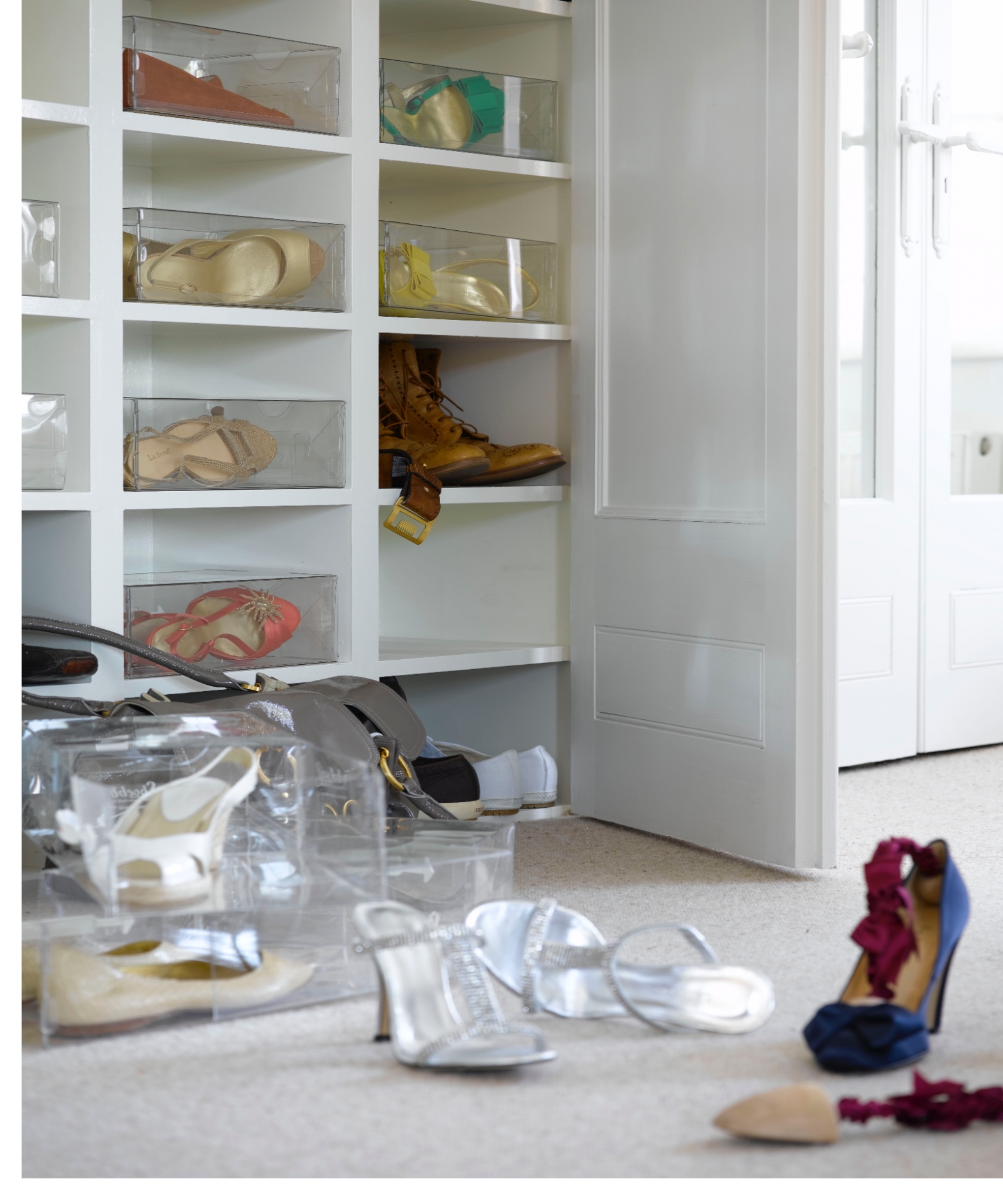
Cleaning mold off of leather shoes is very simple, and can be done using the natural cleaning agents mentioned above. But with this material, it’s also necessary to take further precautions in order to protect the more delicate material.
'You can clean mold off of leather shoes with rubbing alcohol and water, but you’ll also need to use a leather saddle soap bar as an addition,' Valeria explains. Why? 'Saddle soap protects leather materials from tearing, wearing out, cracking, sun damage and warping, and it restores the leather's natural oils and flexibility, so it’s necessary when applying something harsh like rubbing alcohol to shoes,' she says. 'However, use it moderately because too much of this product can also cause damage to the fabric!'
Cleaning your shoes with the combination of ingredients means putting together your own cleaning solution. 'Mix a small amount of saddle soap bar with equal parts rubbing alcohol and water, and stir until the bar dissolves,' Valeria advises.
Then, she says, 'Dip a clean white cloth in the solution, apply it to the leather and using a soft-bristled brush, scrub gently,'
Repeat this process until the mold is visibly eradicated. Afterwards, wipe the shoes clean with a damp cloth and air dry them – but importantly, do so without exposing them to direct sunlight, because this can cause the leather to crack.
3. Use dish soap, white vinegar and rubbing alcohol
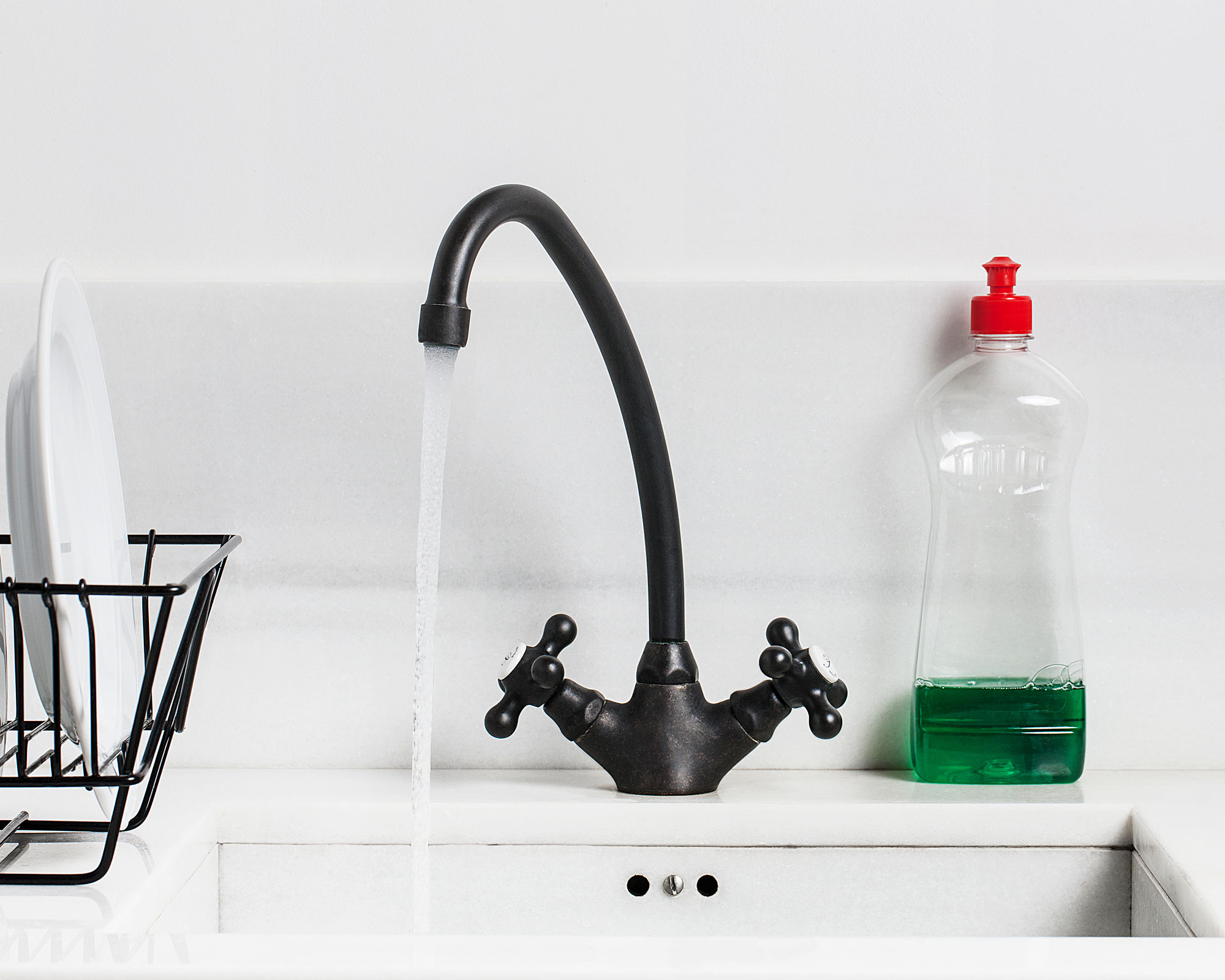
Two other popular cleaning agents that you’re likely to have at home – dish soap and white vinegar – can also come in very handy when it comes to cleaning mold off of certain shoes. In fact, using vinegar to kill mold is usually very effective.
If you want to use something a bit gentler to clean your leather shoes, one of these ingredients could even be a better solution for you than rubbing alcohol. 'For leather shoes, I recommend using a mixture of mild dish soap and water, with about a 1:10 ratio,' cleaning expert Eliana Coca, owner of E.C. House Cleaning, says. 'To do this, first remove any surface mold with a soft brush. Then, gently clean the leather with the soap solution and a damp cloth, avoiding over-wetting the material. Finally, let them air dry in a well-ventilated space,' she finishes.

Eliana Coca is a cleaning expert and the proud owner of E.C. House Cleaning. Her commitment to providing unparalleled service and exceptional quality has made her a household name in Massachusetts. She has over 20 years of experience under her belt and prides herself on transforming spaces into pristine sanctuaries, where families can thrive and businesses can flourish.
Eliana does note however that this method may be best for shoes that only have light spots of mold, rather than those with lots of mold.
A combination of all three of the above agents can also be helpful to clean suede shoes, Valeria says. 'This combination can effectively kill mold spores and remove stains without damaging the more delicate suede material,' she says.
'Before cleaning the shoes, pre-treat them by brushing off any mold, which is best done outdoors because it can prevent the spread of spores indoors,' she continues.
‘Afterwards, gently apply the cleaning mixture using a sponge or clean cloth, or spray it using a spray bottle, then rub the mold off the fabric using a soft brush or clean cloth. Finish the cleaning process by air-drying the shoes and applying a coat of suede protector spray to protect the fabric,’ Valeria finishes.
4. Use just white vinegar and water
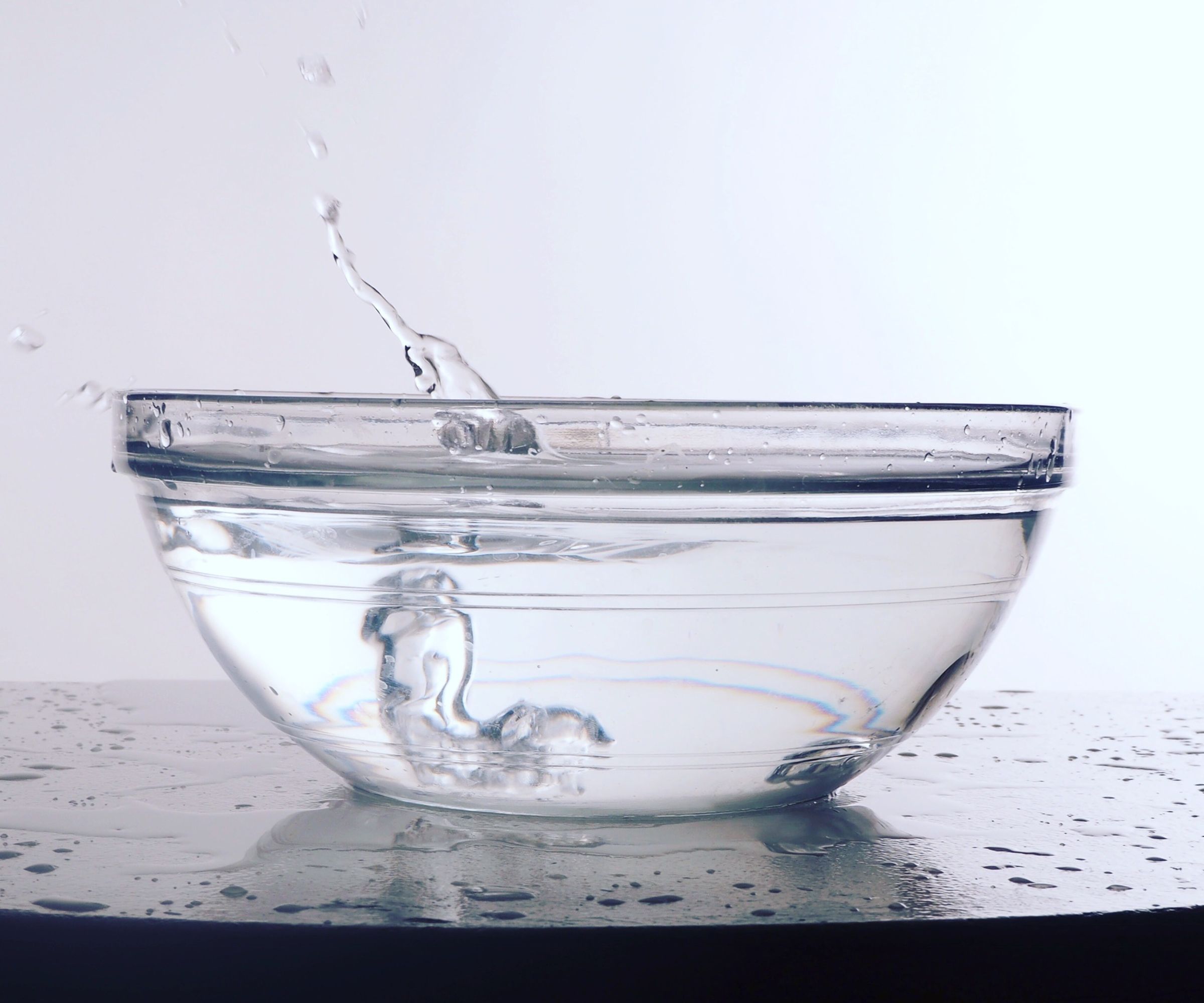
A white vinegar and water mix can also be a great option for cleaning mold from your shoes – and like rubbing alcohol, can work well for either leather or canvas shoes.
However, Will advises that there should be two different approaches for fabric shoes and leather shoes.
'For leather shoes, dampen a clean cloth with a mild solution of one part vinegar to two parts water, and wipe down the moldy areas, being careful not to saturate the leather,' he suggests. 'Then, dry the shoes immediately with a clean towel and apply a leather conditioner to keep the leather soft.'
As mentioned, the method varies a little for your moldy canvas/fabric shoes. 'For canvas shoes, make a mixture of vinegar and water in a spray bottle,' Will instructs. 'Spray it on the moldy areas, let it sit for about 30 minutes, then use a soft brush or an old toothbrush and gently scrub the spots.
'After that, rinse off the vinegar mixture really well with clean water and let the shoes dry in a well-ventilated area,' he says.
5. Use a mix of baking soda and water

Another popular natural cleaning agent, baking soda (or bicarbonate of soda) can come in especially handy for taking mold off of shoes, largely thanks to its abrasive nature, and the fact that it has excellent antimicrobial properties too, which can help to break down the enzymes in mold.
Not only that, but baking soda is also a popular household ingredient, so it’s a great way to make use of any that is going spare! 'If you have some baking soda lying around, you can combine small amounts of it with water to make a paste, and use a clean dish cloth to apply it to the moldy spots,' Will says. 'Then, let it dry, and brush off the residue.
'Once you’ve done that, you can put your shoes out in the sun for a few hours, rotating them every now and then. But as mentioned, only place leather shoes in indirect sunlight for a shorter period, to avoid cracks,' he concludes.
FAQs
How to prevent mold growing on shoes in future
No one wants to have to remove mold from their shoes, so preventing it from growing on our precious footwear in the first place is essential.
Simple precautions should be enough to prevent your shoes from getting moldy in the first place, so long as they are implemented regularly. 'Dealing with mold requires consistent preventive measures and prompt action as soon as mold is noticed,' Eliana says. 'Simple habits like ensuring shoes are thoroughly dry before storing, and maintaining good air circulation can prevent mold from becoming a recurring problem.'
In fact, shoes should never be stashed away if they are still wet. 'Storing damp or wet shoes in enclosed containers – such as a shoe box, or plastic bags – can trap moisture and create an ideal environment for mold growth,' Valeria points out. 'You should allow them to air dry completely before storing, to prevent this from happening,' she continues.

Valeria also encourages good foot hygiene practices, which can help to discourage mold growth. 'It can be helpful to change your socks more often, as they can contribute to moisture buildup because of sweat or other factors,' she says. 'Moisture-wicking socks are also a great option for keeping your feet and shoes dry.'
Regular cleaning and airing of your shoes can also help to prevent mold appearing. Will advises, 'to stop the mold from returning once you have got rid of it, spray your shoes with an anti-fungal spray, which should go some way to keeping it at bay.'
And of course, keeping on top of the humidity levels inside your home is always important when it comes to preventing mold growth occurring anywhere in your home, and especially on shoes. If you find your shoes becoming moldy regularly, it can be worth investing in a dehumidifier to keep on top of any excess moisture levels, and you may even want to consider placing small desiccant dehumidifiers in your storage spots too, such as in cupboards or in wardrobes.
'Using silica gel packets or moisture-absorbing products in shoe closets can help maintain low humidity levels,' Eliana says.
Sign up to the Homes & Gardens newsletter
Design expertise in your inbox – from inspiring decorating ideas and beautiful celebrity homes to practical gardening advice and shopping round-ups.
Amy Hunt is a freelance lifestyle writer and editor primarily covering homes and interiors, wellness, travel and careers. She was previously Lifestyle Editor at woman&home, commissioning and editing the homes, books and features sections of the website,
In 2019, she won the AOP Digital Journalist of the Year Award, for her work on womanandhome.com. Having worked in the industry for over eight years, she has contributed to a range of publications including Ideal Home, Livingetc, T3,Goodto, Woman, Woman’s Own, and Red magazine.
-
 ‘It leads to more headaches than it's worth’ – 4 reasons you should never store things in your oven, including fire risks and serious illness
‘It leads to more headaches than it's worth’ – 4 reasons you should never store things in your oven, including fire risks and serious illnessYour oven is for cooking, and cooking only, experts urge
By Chiana Dickson
-
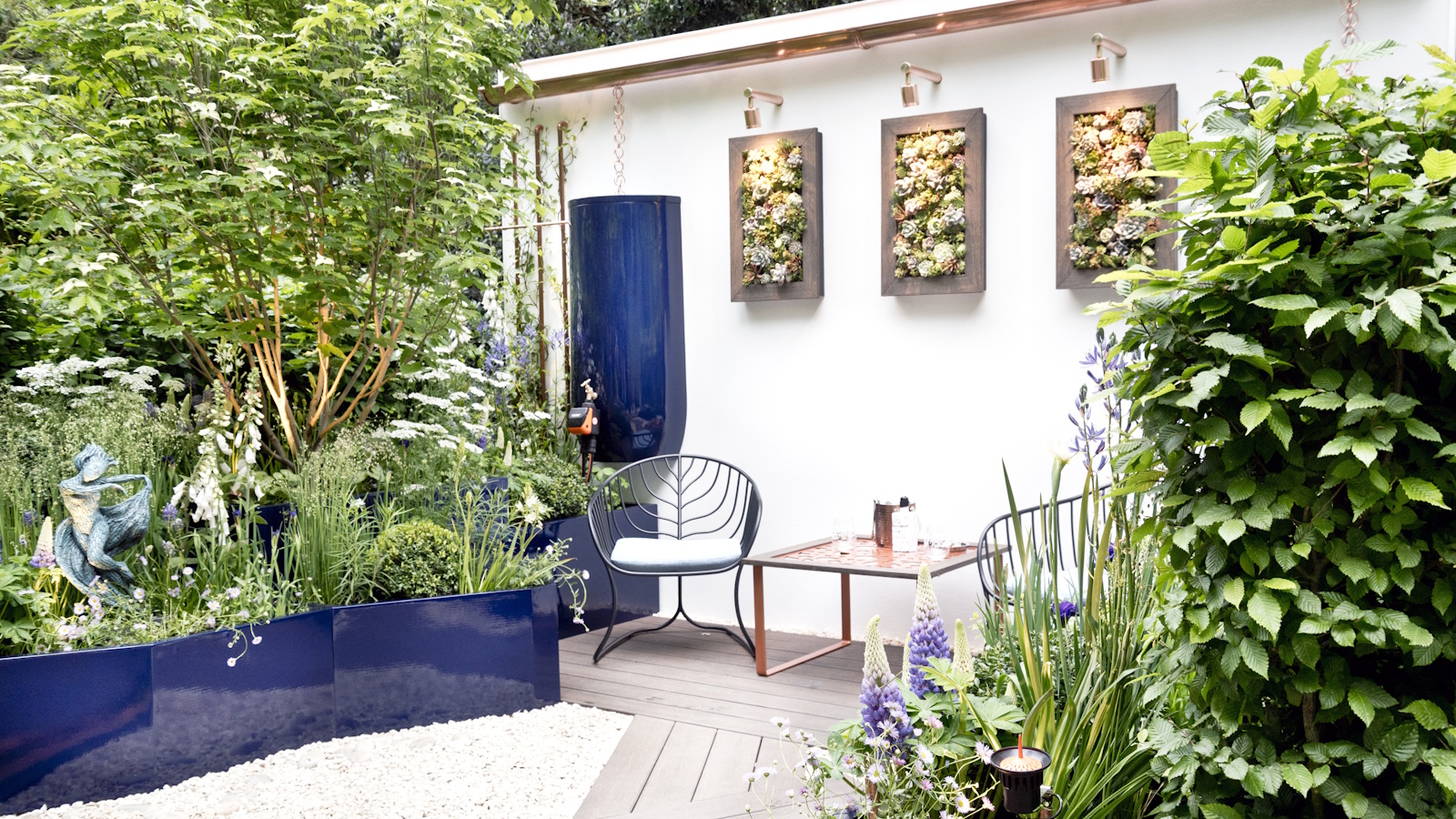 Urban gardening ideas – 7 creative ways to grow in small spaces, balconies, containers, indoors, and more
Urban gardening ideas – 7 creative ways to grow in small spaces, balconies, containers, indoors, and moreMake the most of your space with these innovative ways to garden
By Tenielle Jordison
-
 6 ways to prevent mold and damp in bedrooms – expert solutions to maintain a safe sleep environment
6 ways to prevent mold and damp in bedrooms – expert solutions to maintain a safe sleep environmentDon't sleep on these six tips, experts urge
By Seraphina Di Mizzurati
-
 I tried the easy Reverse Advent Calendar decluttering method to clear out my home before Christmas – it's brilliant if overwhelm usually gets in your way
I tried the easy Reverse Advent Calendar decluttering method to clear out my home before Christmas – it's brilliant if overwhelm usually gets in your wayIt left my home feeling lighter with minimal effort
By Ciéra Cree
-
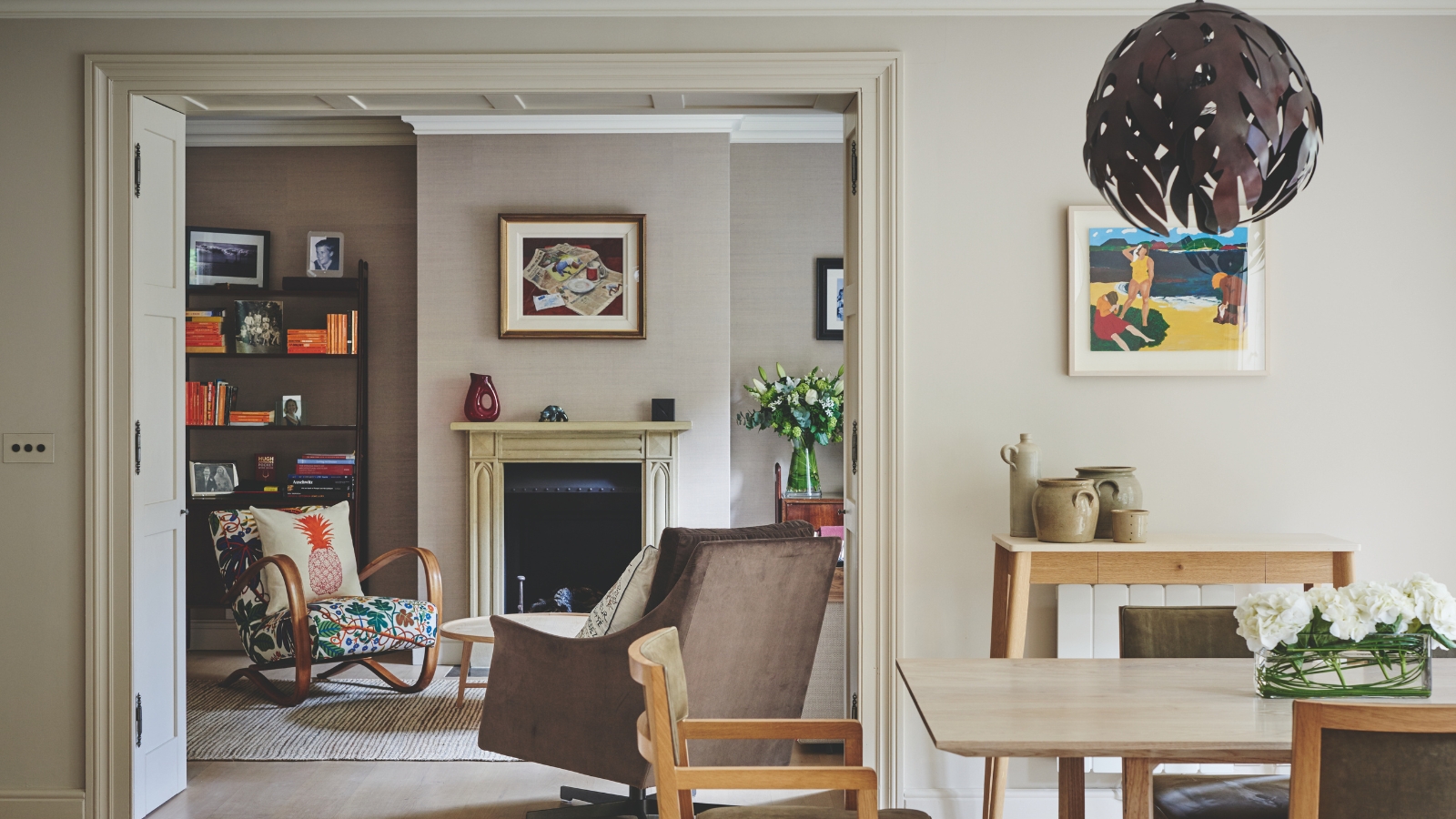 I tried the one-in-one-out method to keep my space clutter-free and it changed my relationship with shopping for good
I tried the one-in-one-out method to keep my space clutter-free and it changed my relationship with shopping for goodI added a few caveats that made the rule work better for me
By Ciéra Cree
-
 8 things you should never store in a playroom and where to put them instead
8 things you should never store in a playroom and where to put them insteadRead our top tips on how to keep your playroom organized and fun at the same time
By Sophie Warren-Smith
-
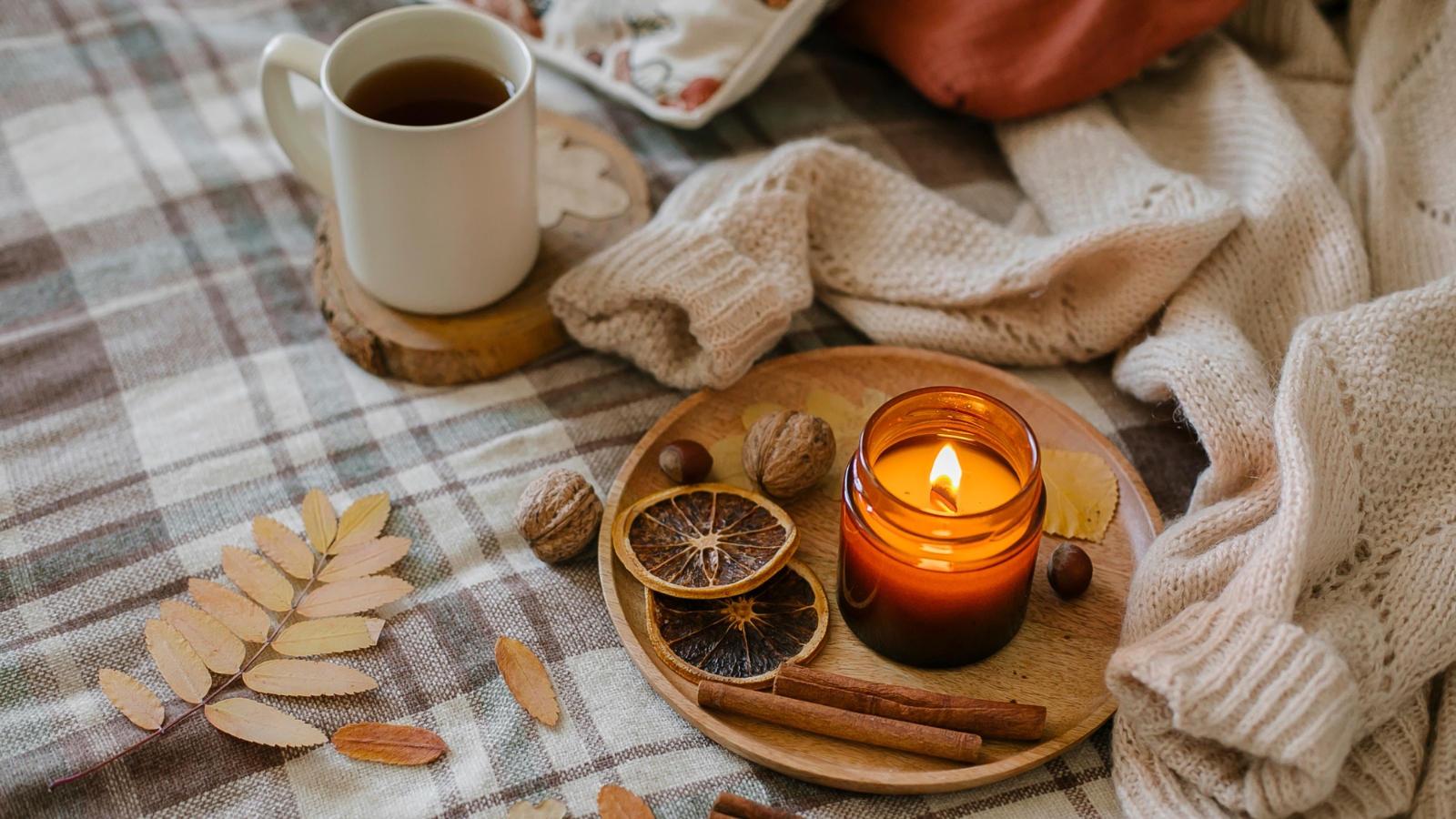 7 fall home maintenance tips experts never skip in their own properties
7 fall home maintenance tips experts never skip in their own propertiesSeven pro steps to maintain your home this fall
By Andy van Terheyden
-
 I’m in chronic pain and have used heating pads for 15 years to cope at home in cold weather – the best I've ever used is on sale for Amazon Prime's last day of deals
I’m in chronic pain and have used heating pads for 15 years to cope at home in cold weather – the best I've ever used is on sale for Amazon Prime's last day of dealsI've used more than 30 electric heating pads and they're my go-to for pain relief
By Punteha van Terheyden
-
 A professional organizer's best seasonal storage tips for living rooms – they're the key to having easy access, reduced clutter and improved functionality
A professional organizer's best seasonal storage tips for living rooms – they're the key to having easy access, reduced clutter and improved functionalityWelcome in the new season with stylish storage tips for fall
By Ottilie Blackhall
-
 How to elevate your teen's former bedroom into a beautiful home office
How to elevate your teen's former bedroom into a beautiful home officeTips and advice from an interior designer and a professional organizer on how to transition your teen's bedroom into a home office
By Ashley Chalmers
